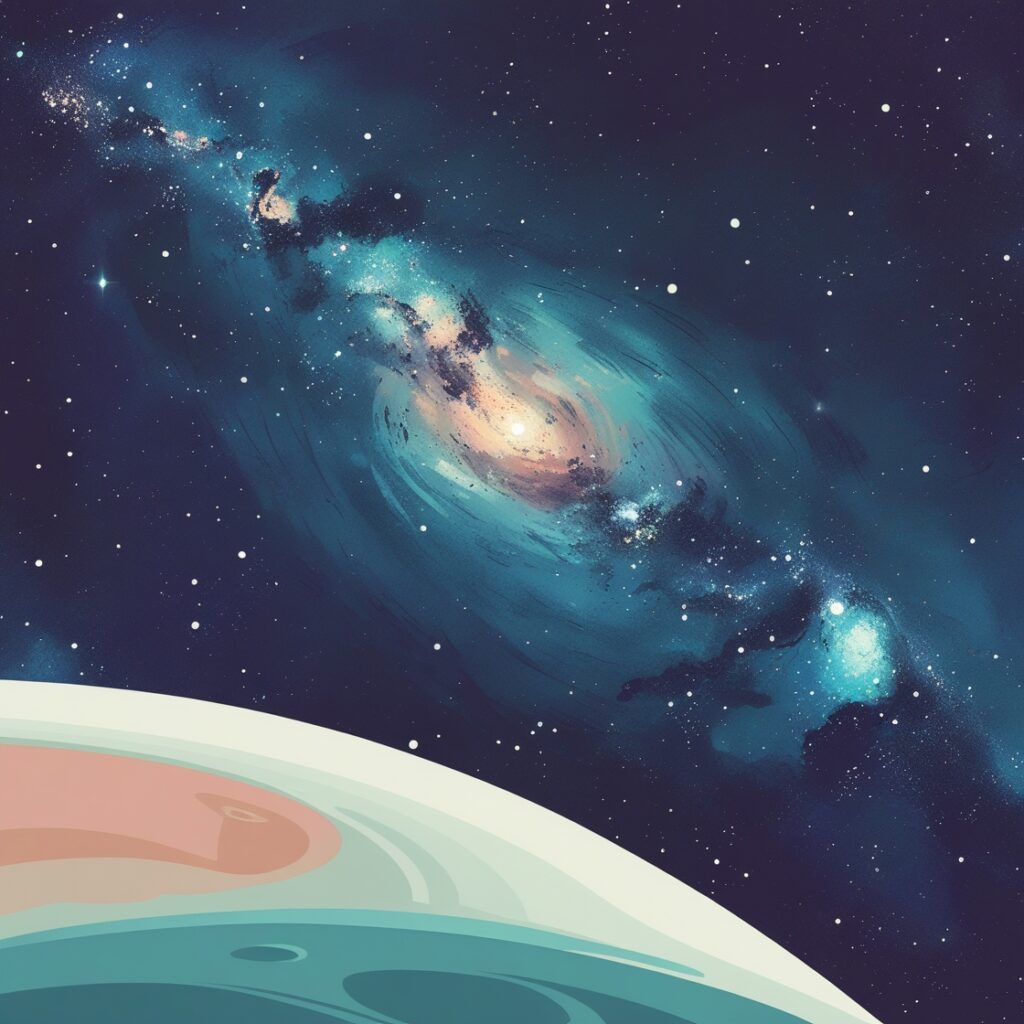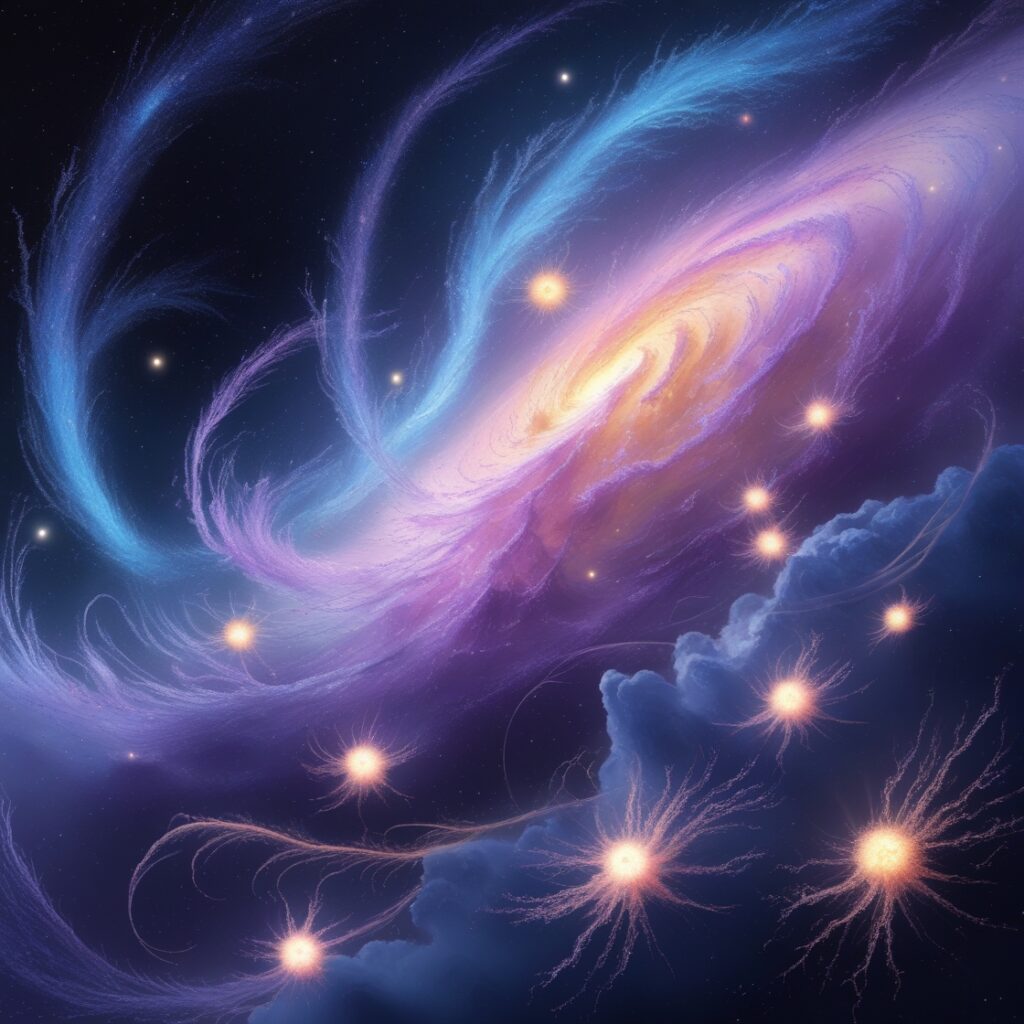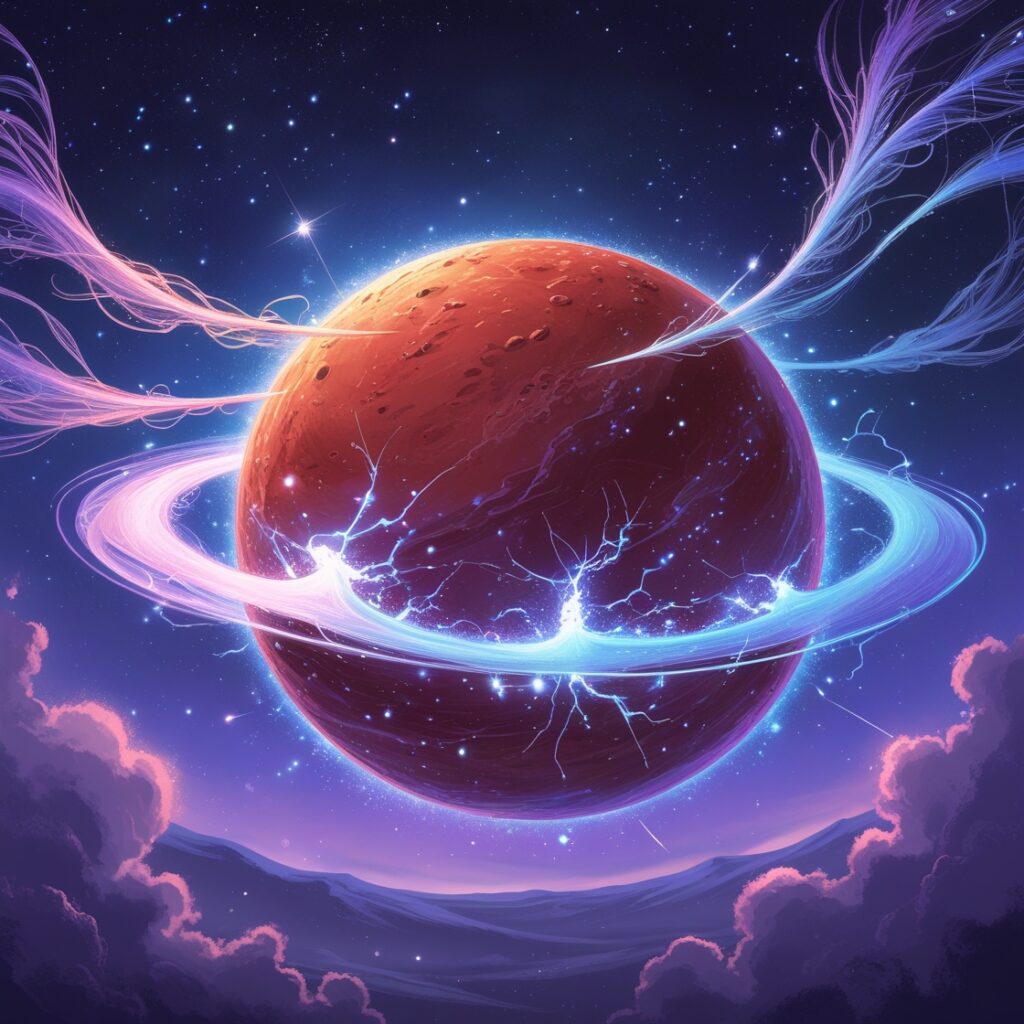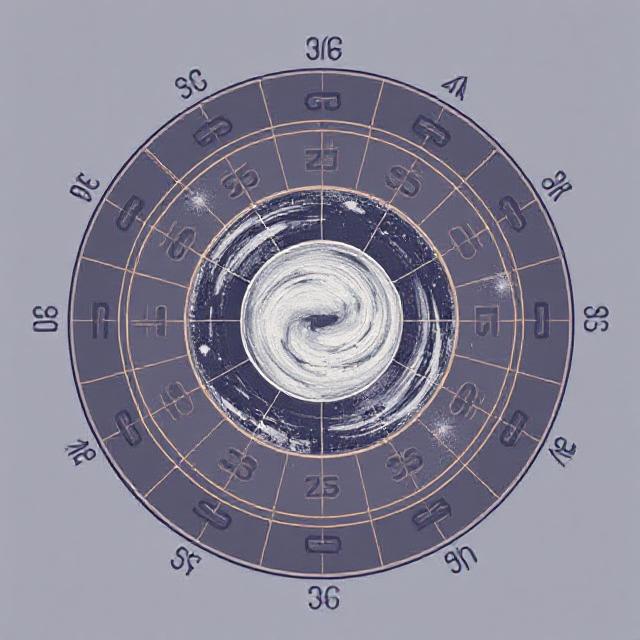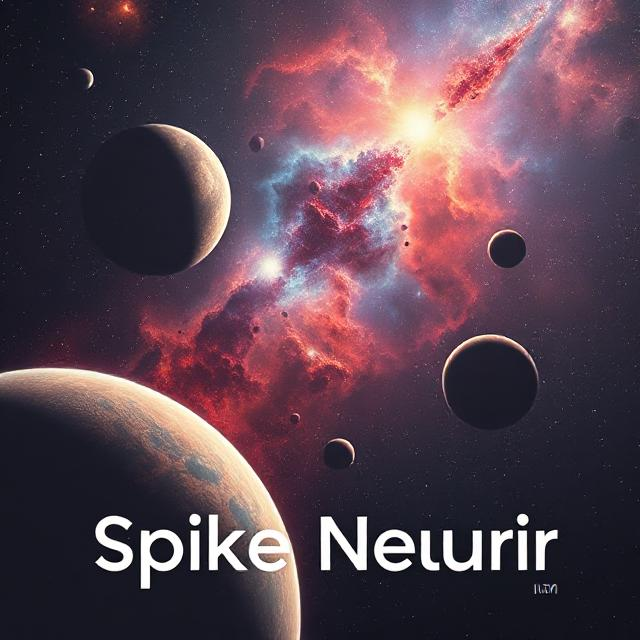Nearby Supernova Could Spell Disaster for Earth
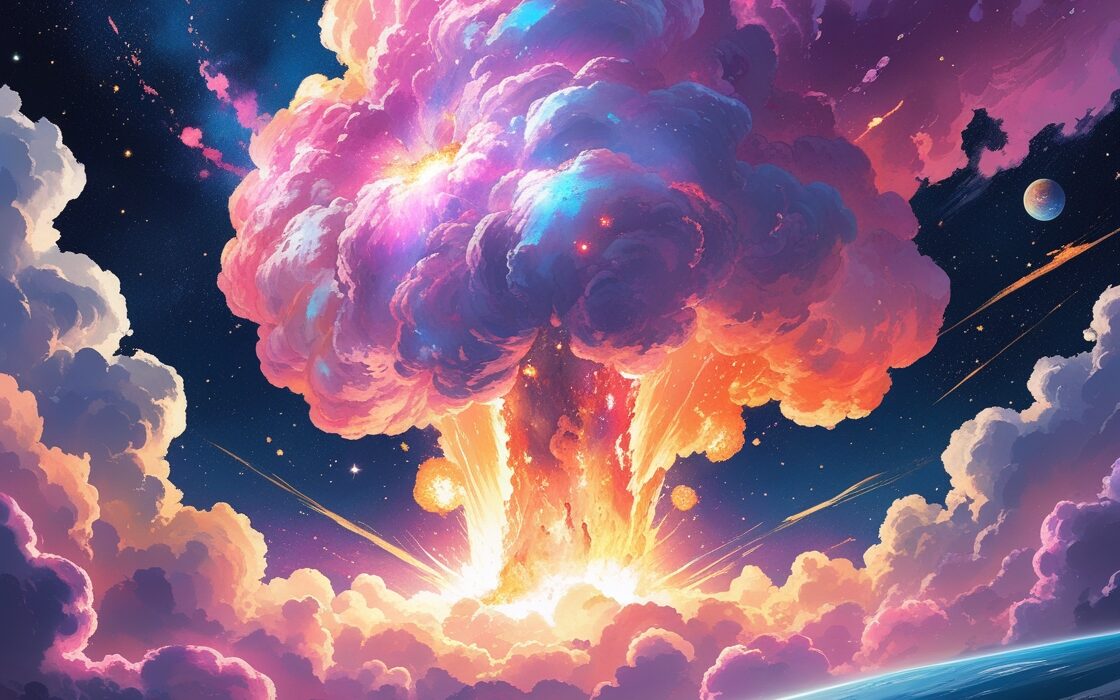

The Cosmic Ballet: A Tale of Supernovae and Neutron Stars
The universe is a grand stage where stars perform their intricate dances. While stars like our Sun enjoy a stable existence, their more massive counterparts end their lives in spectacular ways, sometimes posing threats to Earth.
Stars in Their Prime
Our Sun, much like an actor in its prime, maintains a consistent glow, thanks to the ongoing fusion of hydrogen into helium. This steady performance will continue for another 5 billion years. However, when stars exhaust their nuclear fuel, their demise can be both dramatic and dangerous.
The Explosive End
Stars more than eight times the mass of our Sun meet their end in grand explosions known as supernovae. These celestial fireworks are rare in our Milky Way, occurring only a few times per century. Yet, the impact of a nearby supernova could be catastrophic for Earth.
A Historical Glimpse
Throughout history, some supernovae have been close enough to Earth for ancient astronomers to document them. In 185 A.D., what was likely a supernova appeared as a new star in the sky. Similar events were observed in 1006 A.D. and 1054 A.D., where stars suddenly brightened the night sky, later identified as supernovae thousands of light years away.
The Looming Threat of Betelgeuse
Currently, Betelgeuse, a red supergiant located 600 light years away in the Orion constellation, is nearing its life’s curtain call. When it goes supernova, it will dazzle the night sky with a brightness akin to the full Moon, though not causing harm to Earth.
Radiation: The Invisible Menace


Gamma-ray radiation from a supernova could strip away Earth’s protective ozone layer, allowing harmful solar radiation to reach the surface. Evidence of such an event 2.5 million years ago was found in seafloor sediments, hinting at a supernova 300 light years away.
Neutron Stars: The Cosmic Heavyweights
While supernovae are spectacular, the collision of neutron stars is another cosmic event capable of releasing intense gamma rays and gravitational waves. These city-sized remnants of supernovae are incredibly dense, and their collisions have forged many of the heavy elements found on Earth, like gold and platinum.
The Gamma-Ray Threat
If Earth were to be caught in the path of a gamma-ray burst from a neutron star collision within 10,000 light years, the impact could devastate life by damaging the ozone layer and disrupting cellular DNA. However, such collisions are rare, occurring once every 10,000 years in the Milky Way.
Historical Mass Extinctions
While gamma-ray bursts are infrequent, their potential for causing mass extinctions is significant. It is likely that one such burst contributed to the first mass extinction 440 million years ago, wiping out 60% of marine life.
A Recent Stellar Reminder
In October 2022, a gamma-ray burst—the brightest since human civilization began—traveled across the cosmos, briefly affecting Earth’s ionosphere from a distance of 2 billion light years. This event serves as a stark reminder of the power and reach of these cosmic phenomena.
In Conclusion
The universe is a vast and unpredictable theater, with stars playing out their life cycles in ways that can influence life on Earth. As we continue to study these stellar events, we gain insight into the potential risks they pose, preparing us for the cosmic challenges that may lie ahead.
This narrative first appeared on The Conversation and has been reimagined here under a Creative Commons license.



